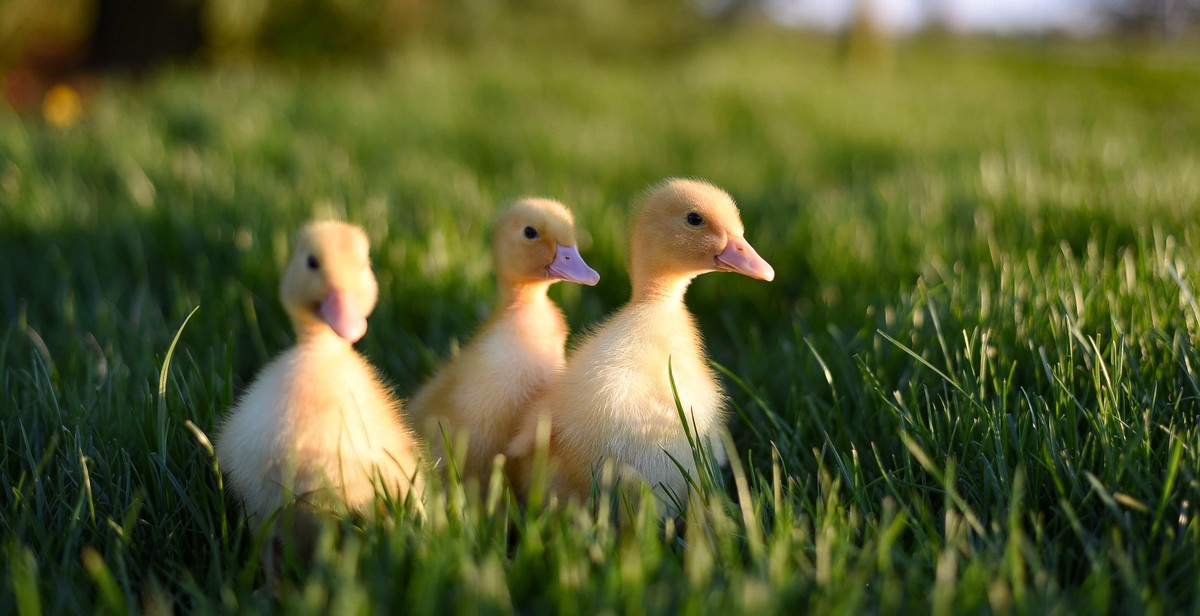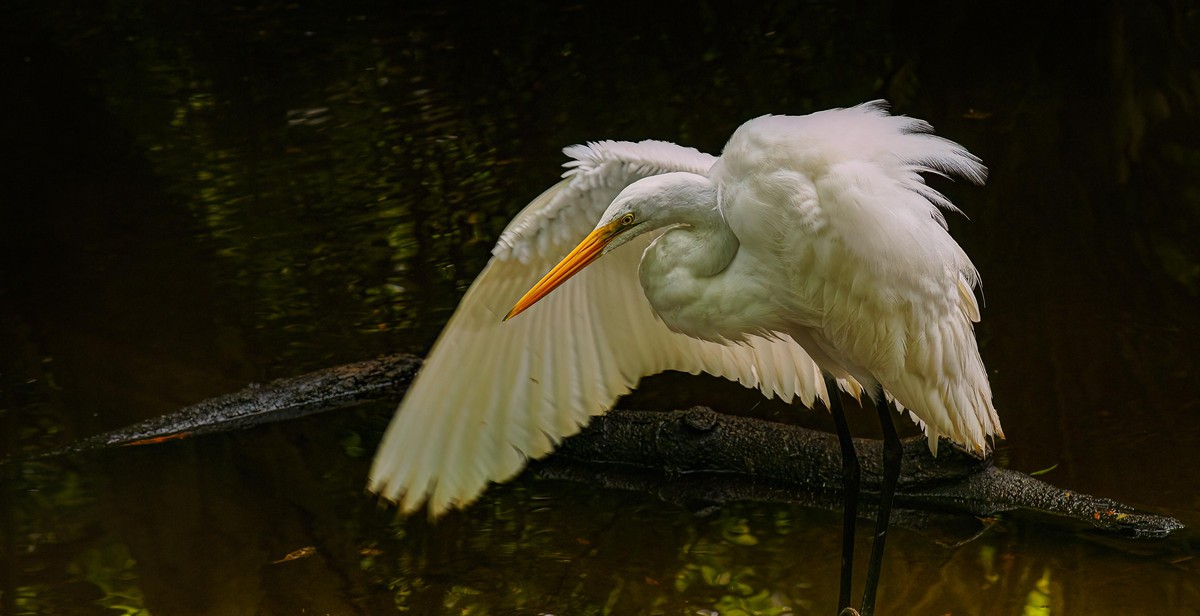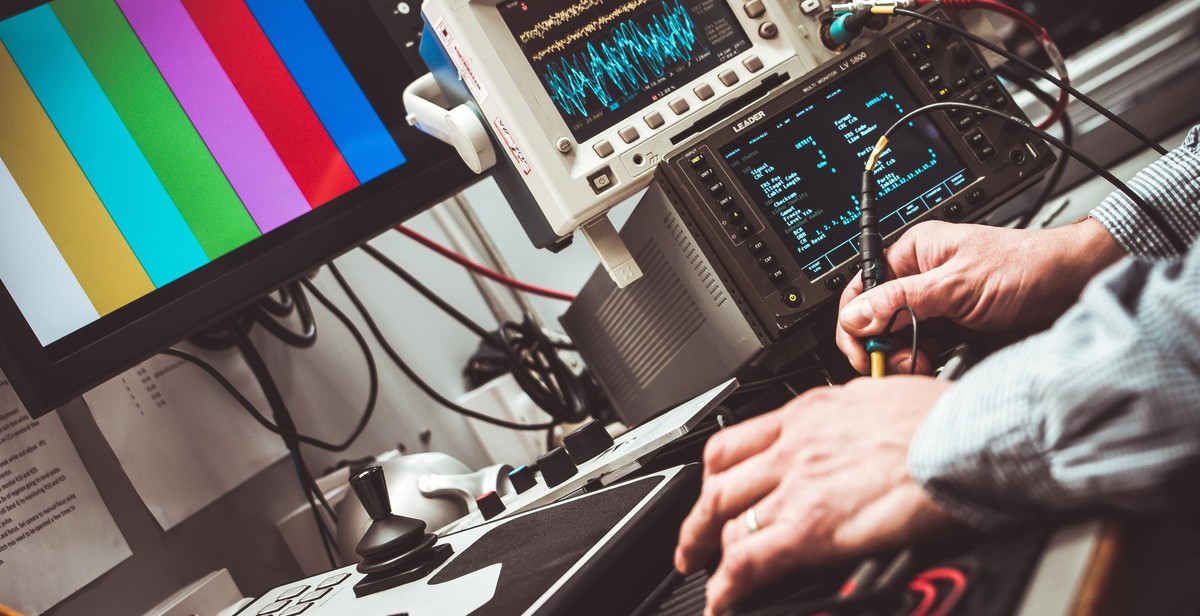Introduction to Ornithology
Ornithology is the study of birds, their behavior, ecology, and evolution. It is a fascinating field that has attracted many enthusiasts and professionals alike. Birds are one of the most widely distributed and diverse groups of animals on earth, with over 10,000 species found in every continent. This diversity has led to the development of various bird identification techniques and tools, making it easier to study and understand these beautiful creatures.
Why Study Birds?
Studying birds is essential for many reasons. Birds are essential components of ecosystems, playing critical roles in pollination, seed dispersal, and insect control. They are also important indicators of environmental change, and studying their behavior and ecology can provide valuable insights into the health of ecosystems.
Aside from their ecological significance, birds are also a source of inspiration, beauty, and enjoyment for many people. Birdwatching is a popular hobby worldwide, and studying birds can lead to a deeper appreciation and understanding of the natural world.
Basic Bird Anatomy
Before delving into bird identification techniques, it is essential to understand basic bird anatomy. Birds have unique anatomical features that distinguish them from other animals. Some of the notable features include:
- Feathers: Birds have feathers that provide insulation, enable flight, and display courtship behaviors.
- Beak: The beak is a specialized structure that varies in shape and size depending on the bird’s diet and feeding habits.
- Wings: Birds have wings that enable them to fly and glide through the air.
- Skeleton: The bird’s skeleton is lightweight and adapted for flight, with fused bones and air sacs that aid in respiration.
- Coloration: Birds have a wide range of coloration and patterns, which can be used for identification and courtship displays.
Understanding bird anatomy is crucial for identifying and studying different species. With this knowledge, birdwatchers and ornithologists can better appreciate the unique features and behaviors of these fascinating creatures.

Bird Identification Techniques
Identifying birds can be a challenging task, but with the right techniques and tools, it can also be a rewarding and enjoyable experience. Here are some techniques that can help you identify birds:
Field Guides and Apps
Field guides are books that contain illustrations or photographs of different bird species, along with information about their habitat, behavior, and other characteristics. They are an essential tool for bird identification, especially for beginners. There are many field guides available in the market, and you can choose one that is specific to your region or area of interest.
With the advancement of technology, there are also many bird identification apps available for smartphones and tablets. These apps use image recognition technology to identify birds based on their appearance, behavior, and habitat. Some popular birding apps include Merlin Bird ID, iBird, and Audubon Bird Guide.
Birding by Ear
Birding by ear is a technique that involves identifying birds based on their calls and songs. This technique can be especially useful when you can’t see the bird, or when the bird is hidden in dense foliage. To bird by ear, you need to learn the different calls and songs of different bird species. You can use field guides, apps, or online resources to learn these calls and songs.
One way to practice birding by ear is to go on a birding walk with an experienced birder who can identify birds by their calls and songs. You can also listen to bird recordings and practice identifying the birds based on their calls and songs.
Binoculars and Spotting Scopes
Binoculars and spotting scopes are essential tools for bird identification, especially for distant or hard-to-see birds. Binoculars are handheld devices that magnify the image of the bird, while spotting scopes are larger devices that are mounted on a tripod and provide a higher magnification.
When choosing binoculars or spotting scopes, consider the magnification, objective lens diameter, and field of view. Higher magnification and larger objective lens diameter provide a clearer and brighter image, but also make the device heavier and more expensive. A wider field of view allows you to see more of the surrounding area and locate birds more easily.
| Binoculars | Spotting Scopes |
|---|---|
| Handheld | Mounted on tripod |
| Lower magnification | Higher magnification |
| Smaller objective lens diameter | Larger objective lens diameter |
| Wider field of view | Narrower field of view |
Overall, bird identification requires practice, patience, and knowledge of different bird species. By using field guides, apps, birding by ear, binoculars, and spotting scopes, you can enhance your birding skills and enjoy the beauty of birds in their natural habitat.

Observing Birds in the Wild
Observing birds in their natural habitats is an exciting and rewarding experience. As a birdwatcher, you can learn a lot about the behavior, social interactions, migration patterns, and conservation status of different bird species. Here are some tips to help you get started:
Habitats and Ranges
Birds can be found in a variety of habitats, including forests, grasslands, wetlands, deserts, and urban areas. Each bird species has specific habitat requirements and ranges, so it’s important to do some research before heading out to observe them. You can consult field guides, birding websites, and local birding clubs to learn more about the birds in your area.
When you arrive at a birding location, take some time to scan the area for birds. Look for movement, listen for bird calls and songs, and use binoculars or a spotting scope to get a closer look. Be patient and observant, as birds may be hiding in the vegetation or flying overhead.
Behavior and Social Interactions
Observing bird behavior can provide valuable insights into their ecology and biology. You can watch birds foraging for food, building nests, raising young, and interacting with other birds. You may also witness territorial displays, courtship rituals, and aggressive behaviors.
Some birds are more social than others, forming flocks or colonies for feeding or breeding. These social interactions can be fascinating to watch, as birds communicate with each other through calls, body language, and displays.
Migration and Conservation
Many bird species migrate long distances each year, traveling from breeding grounds to wintering areas and back again. Migration is a complex and challenging phenomenon, and studying it can help us understand how birds survive and thrive in different environments.
However, many bird populations are declining due to habitat loss, climate change, pollution, and other threats. As a birdwatcher, you can contribute to bird conservation efforts by supporting habitat restoration, participating in citizen science projects, and advocating for bird-friendly policies.
| Observing Birds in the Wild: Tips and Techniques |
|---|
| 1. Research bird habitats and ranges before heading out |
| 2. Use binoculars or a spotting scope to get a closer look |
| 3. Be patient and observant, as birds may be hiding or flying overhead |
| 4. Watch bird behavior for insights into their ecology and biology |
| 5. Look for social interactions, such as flocks or colonies |
| 6. Learn about bird migration and conservation issues |

Recording and Analyzing Bird Data
Observing and identifying birds is just the first step in studying ornithology. Recording and analyzing bird data is crucial to understanding population trends, migration patterns, and habitat preferences.
Birding Checklists and Citizen Science
One of the easiest ways to record bird data is by using birding checklists. These lists allow birders to record the species they observe, the location, and the date and time of the sighting. Many birding apps and websites offer digital checklists that can be easily shared with other birders and researchers.
Citizen science projects, such as the Great Backyard Bird Count and eBird, also provide opportunities for birders to contribute to scientific research. These projects collect data from birders around the world and use it to track bird populations and migration patterns.
Data Collection and Analysis Tools
There are many tools available to help birders collect and analyze data. GPS devices can be used to record the location of bird sightings, while binoculars and spotting scopes can help identify birds from a distance. Sound recording devices can capture bird songs and calls for later analysis.
Data analysis software, such as R and QGIS, can be used to create maps and visualize bird data. These tools can help researchers identify patterns and trends in bird populations and habitats.
Reporting Findings and Contributing to Research
Once bird data has been collected and analyzed, it is important to report the findings. This can be done through scientific publications, presentations, or online databases such as eBird. Reporting findings not only contributes to scientific knowledge but can also help inform conservation efforts.
By recording and analyzing bird data, birders can make significant contributions to the field of ornithology and help protect bird populations for future generations.
